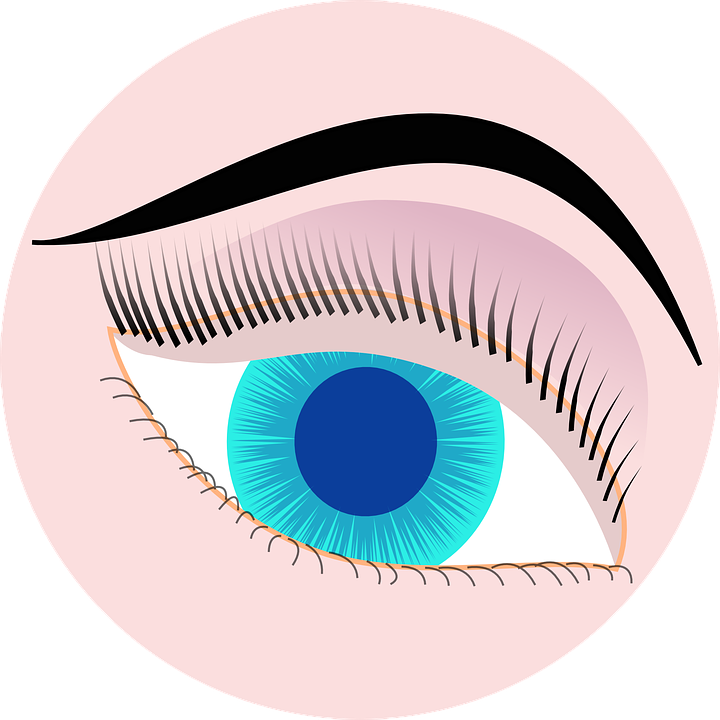Menu
Weight loss
Hormones
Sex
EXPLORE
MEET NU IMAGE MEDICAL
TREATMENTS
MEET NU IMAGE MEDICAL
TREATMENTS
MEET NU IMAGE MEDICAL
Unlock Your Potential: How Visualization Can Transform Your Life


Harnessing the Power of Visualization for Stress Relief and Personal Growth
Visualization is a potent tool that harnesses the power of your mind to create positive change in your life. It involves creating vivid mental images of your desired outcomes, whether it's achieving a goal, overcoming a challenge, or simply finding inner peace.
Here's how you can benefit from visualization:
-
Stress Reduction: Imagine yourself in a tranquil setting, such as a peaceful beach or a serene forest. Engage all your senses - feel the warm sun on your skin, hear the gentle lapping of waves, smell the salty air. This practice can trigger your body's relaxation response, lowering stress hormones and promoting a sense of calm.
-
Improved Performance: Athletes often use visualization to enhance their performance. By mentally rehearsing their movements and visualizing success, they create neural pathways that strengthen their physical skills. You can apply this technique to any area of your life, whether it's public speaking, job interviews, or creative projects.
-
Goal Achievement: Visualizing your goals can motivate you to take action and overcome obstacles. Create a detailed mental picture of yourself achieving your desired outcome. This will help you stay focused and committed to your path.
-
Enhanced Well-being: Visualization can be used to cultivate positive emotions like joy, gratitude, and love. Spend a few minutes each day visualizing yourself experiencing these emotions. This can boost your overall well-being and create a more positive outlook on life.
-
Overcoming Challenges: When facing a difficult situation, visualize yourself navigating through it successfully. This can help you build confidence and resilience.
Tips for Effective Visualization:
- Set a clear intention: Before you begin, know what you want to achieve with your visualization.
- Make it vivid: Engage all your senses to create a rich and detailed mental image.
- Practice regularly: Like any skill, visualization becomes more effective with practice.
- Believe in its power: Trust that your mind has the ability to create positive change.
Incorporating visualization into your daily routine can be a powerful way to reduce stress, achieve your goals, and improve your overall well-being. So, close your eyes, let your imagination soar, and start visualizing your best life!
This article is for informational purposes only and does not constitute medical advice. The information contained herein is not a substitute for and should never be relied upon for professional medical advice. Always talk to your physician about the risks and benefits of any treatment. Nu Image Medical may not offer the medications or services mentioned in this article.
